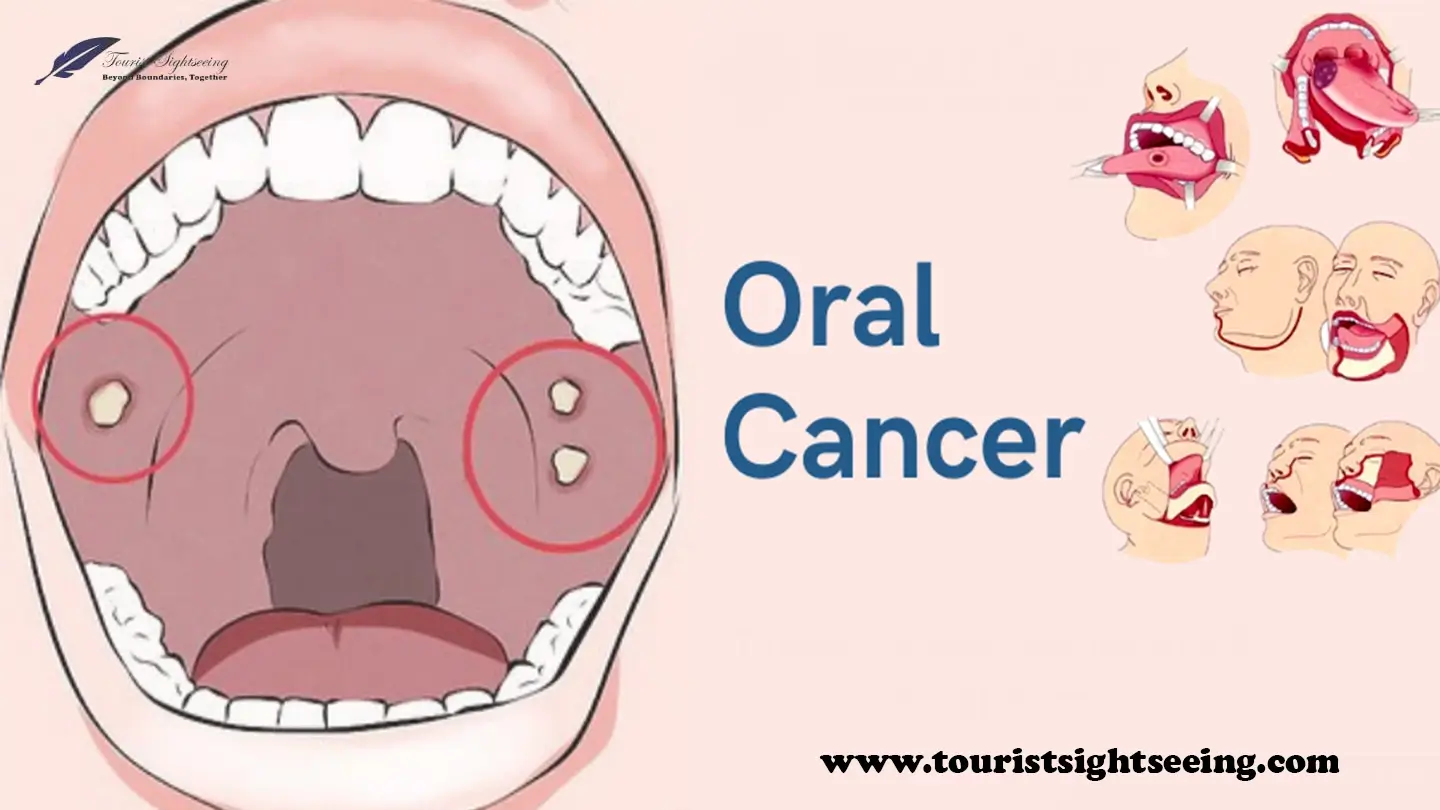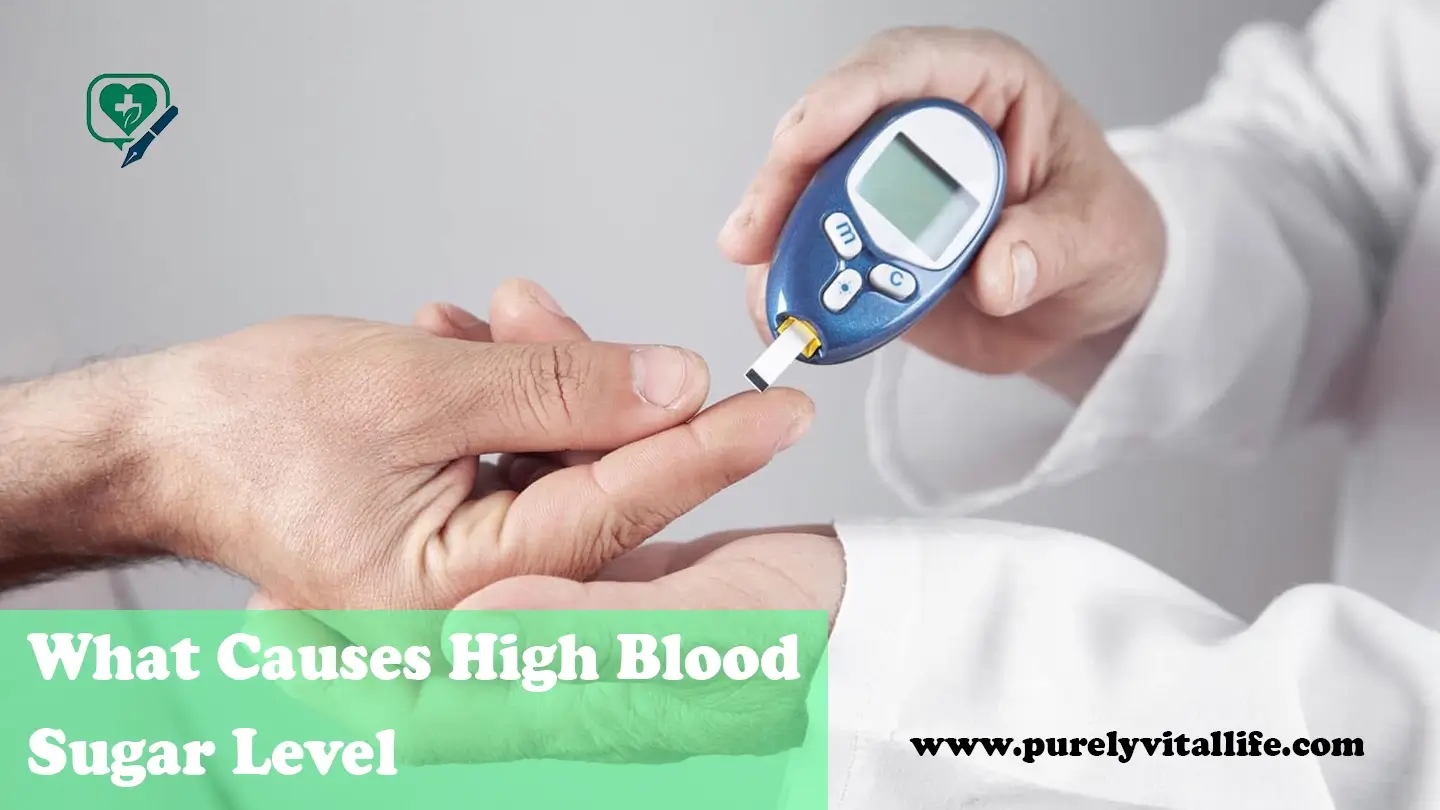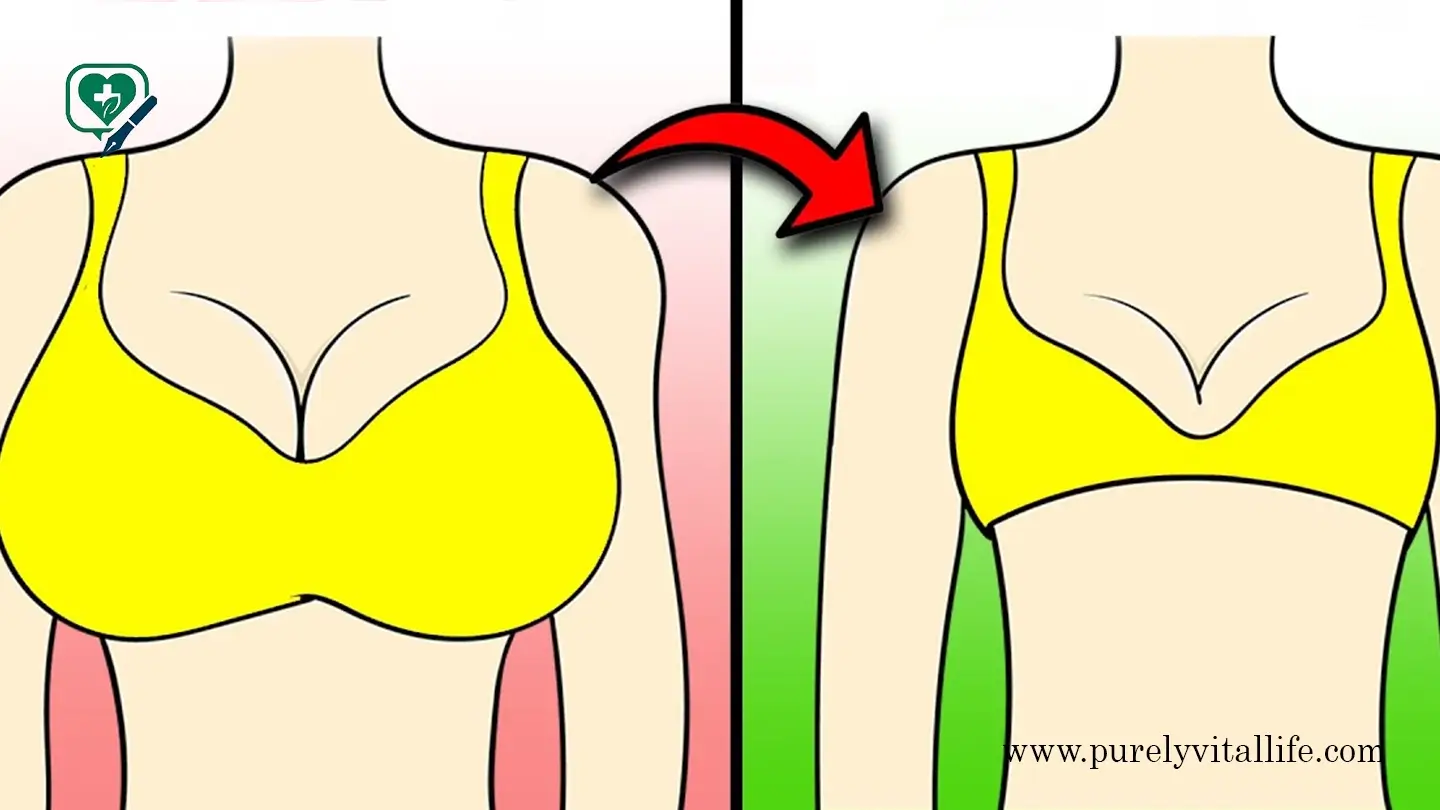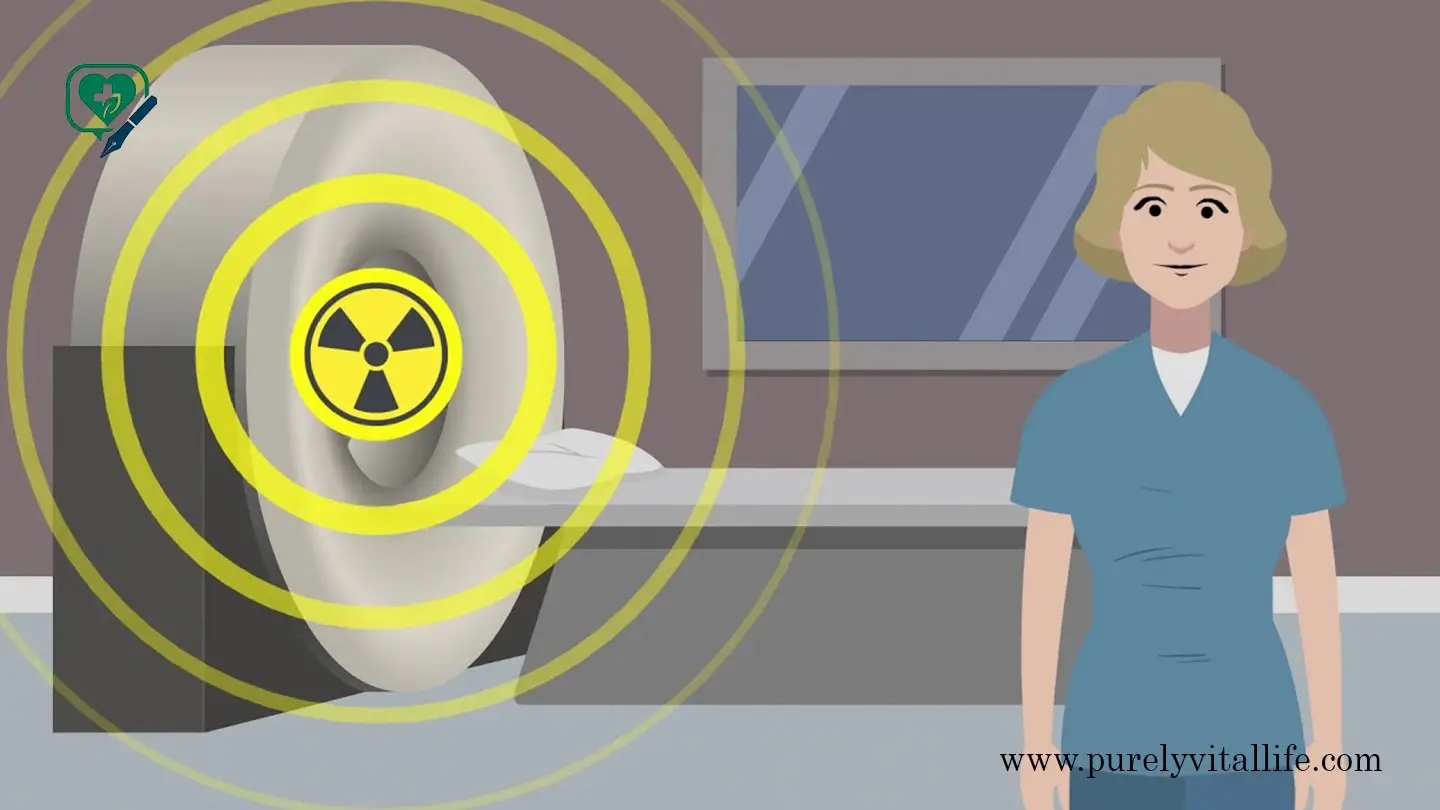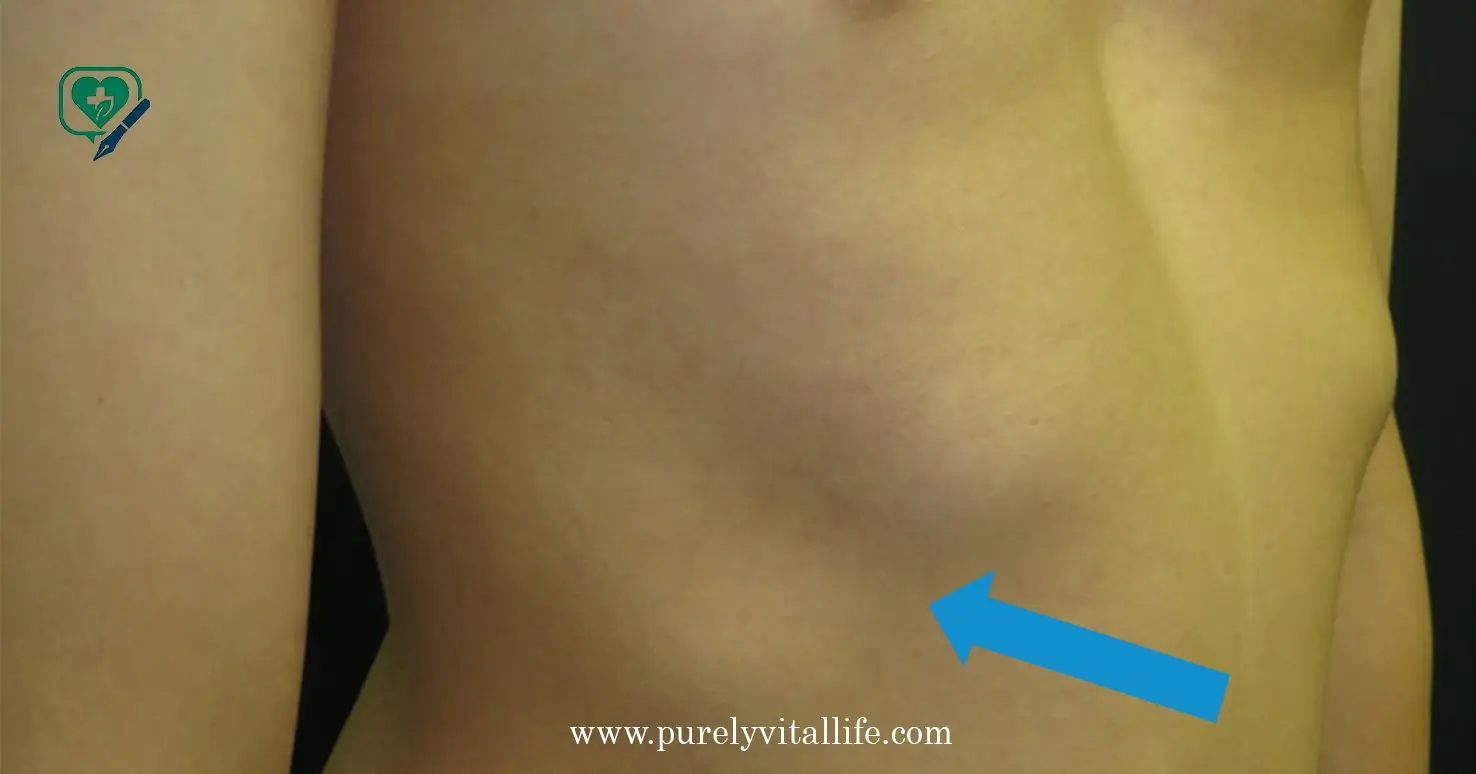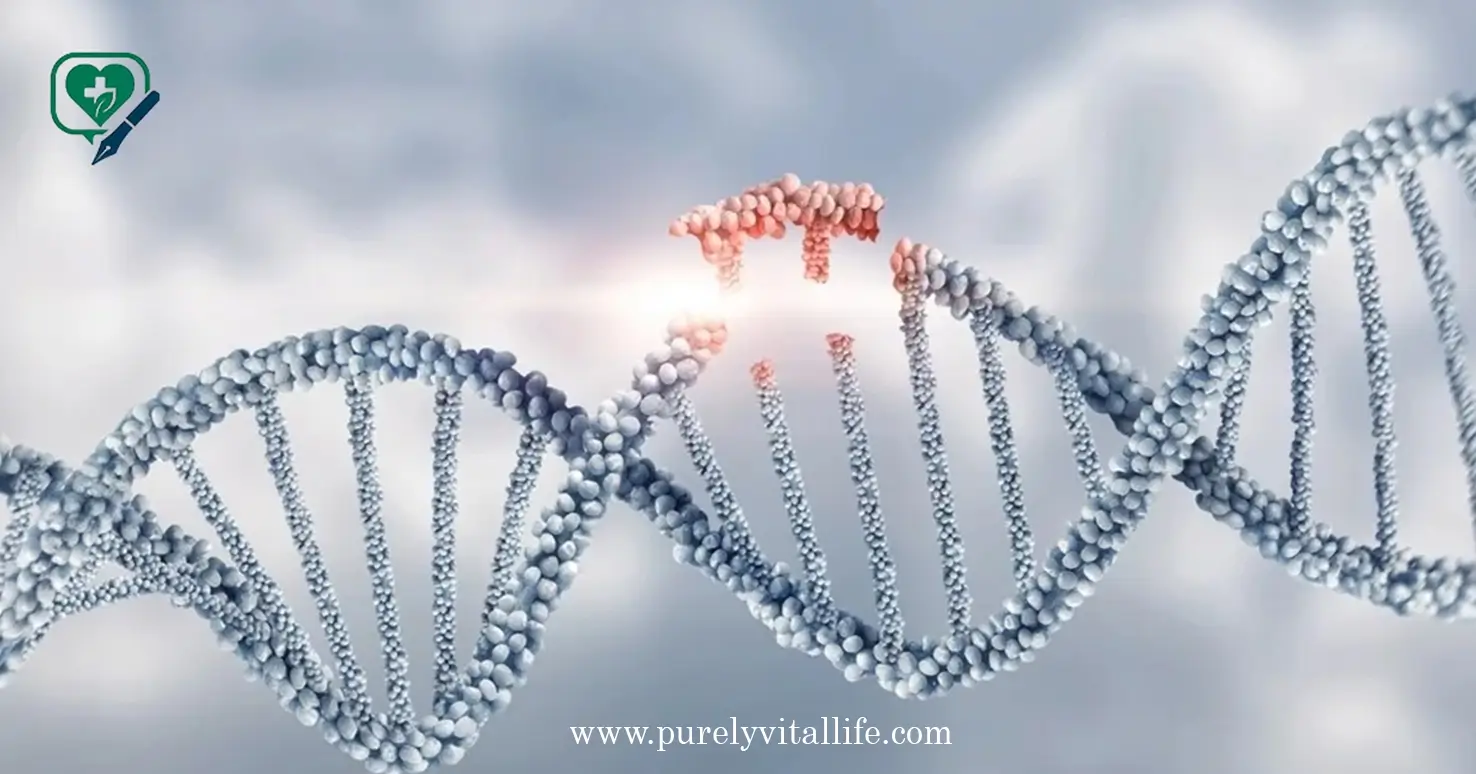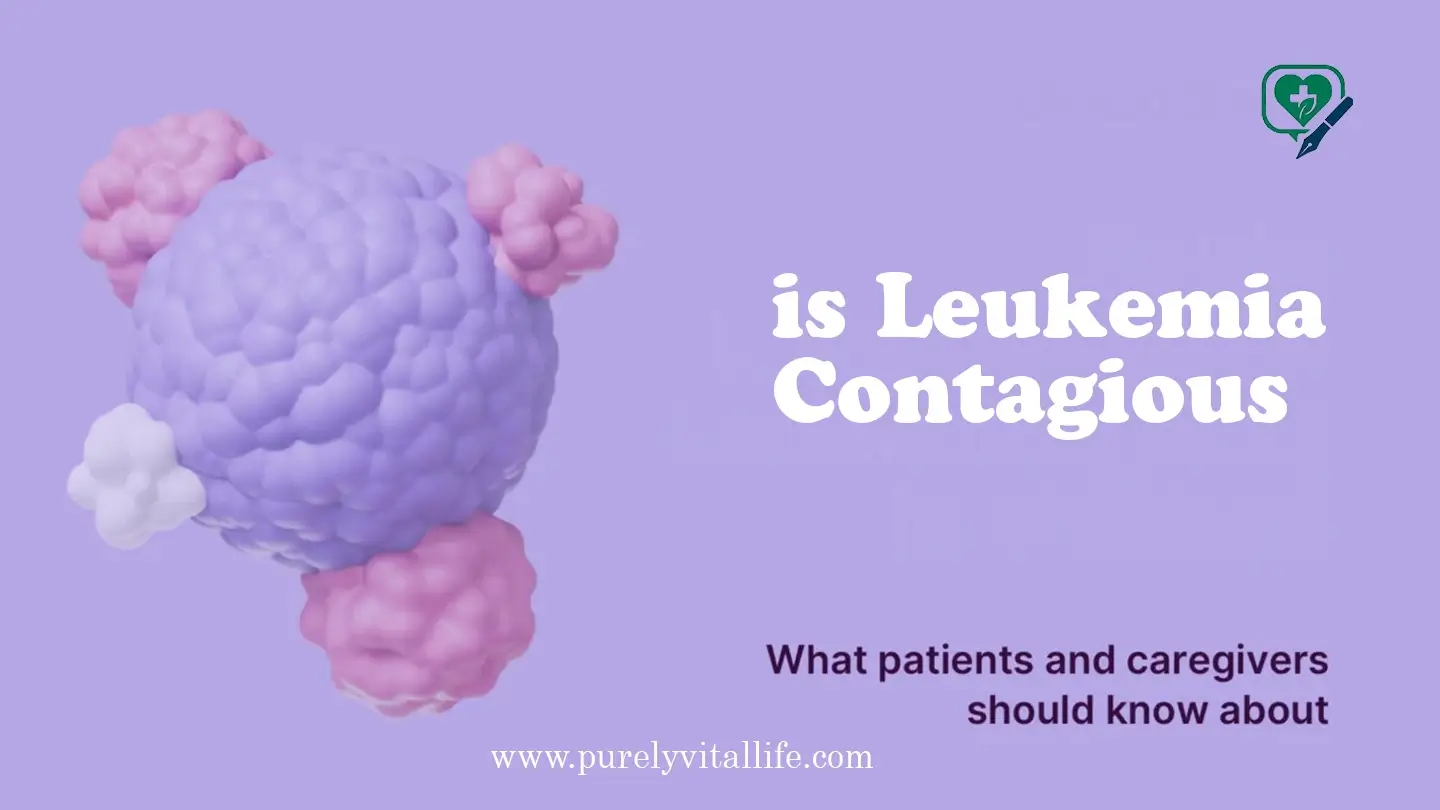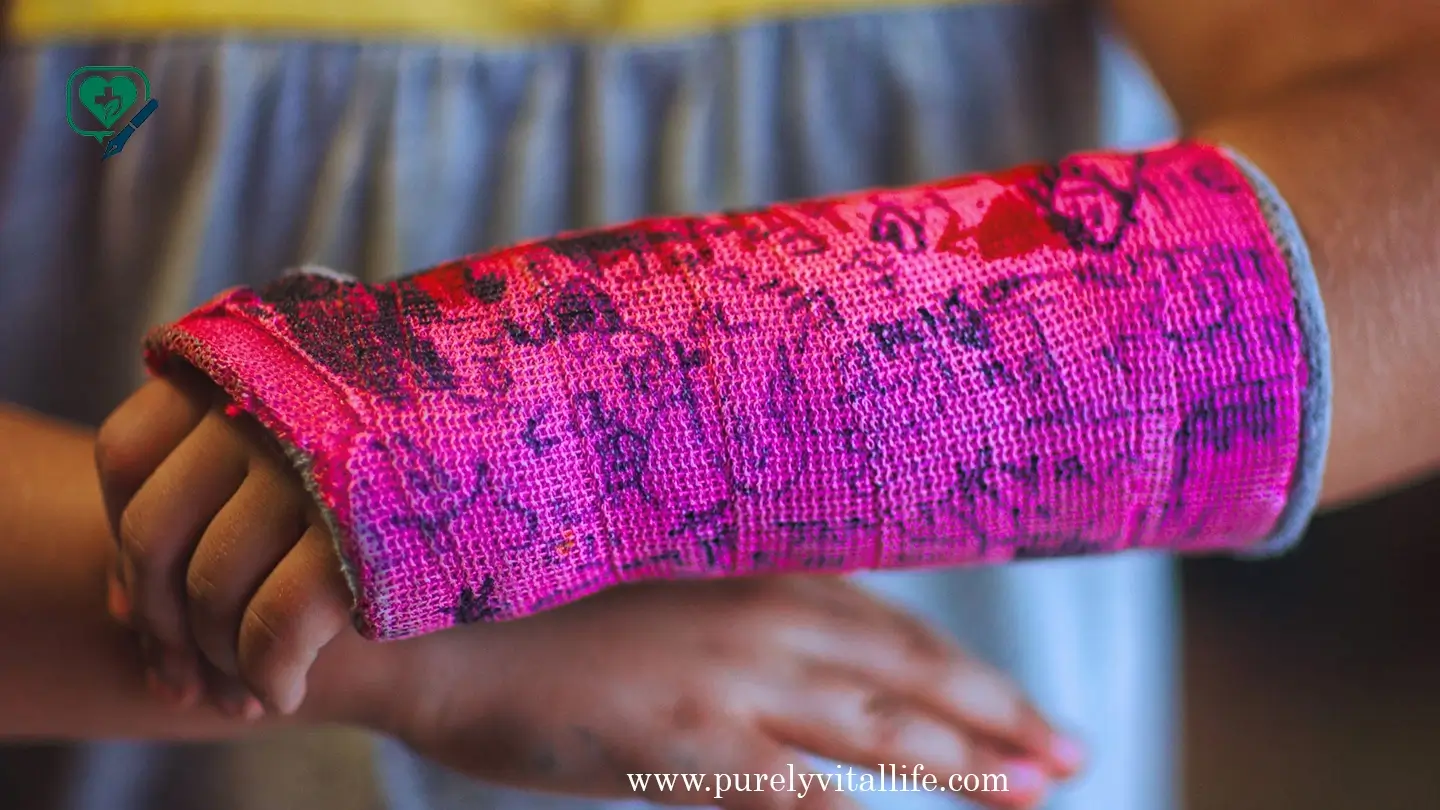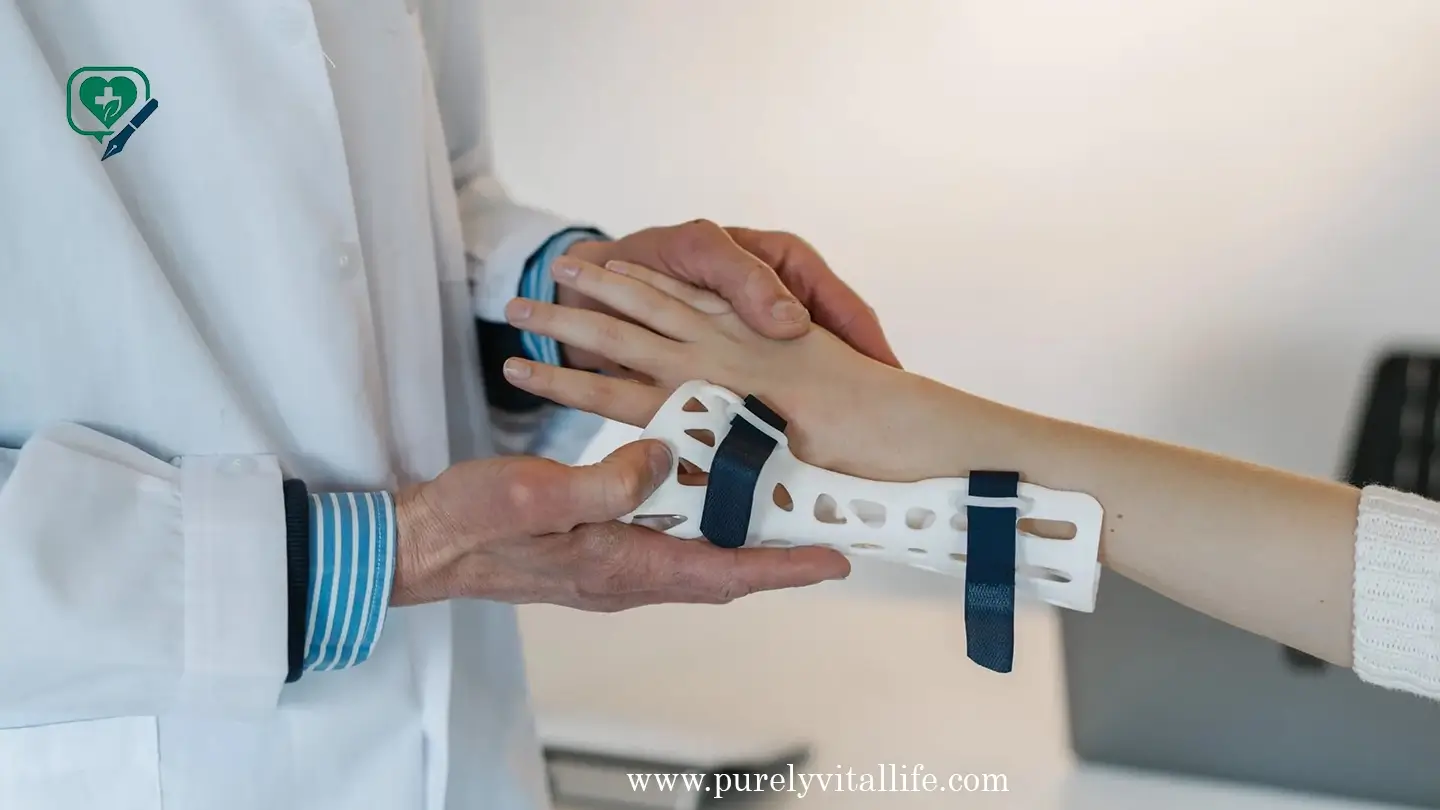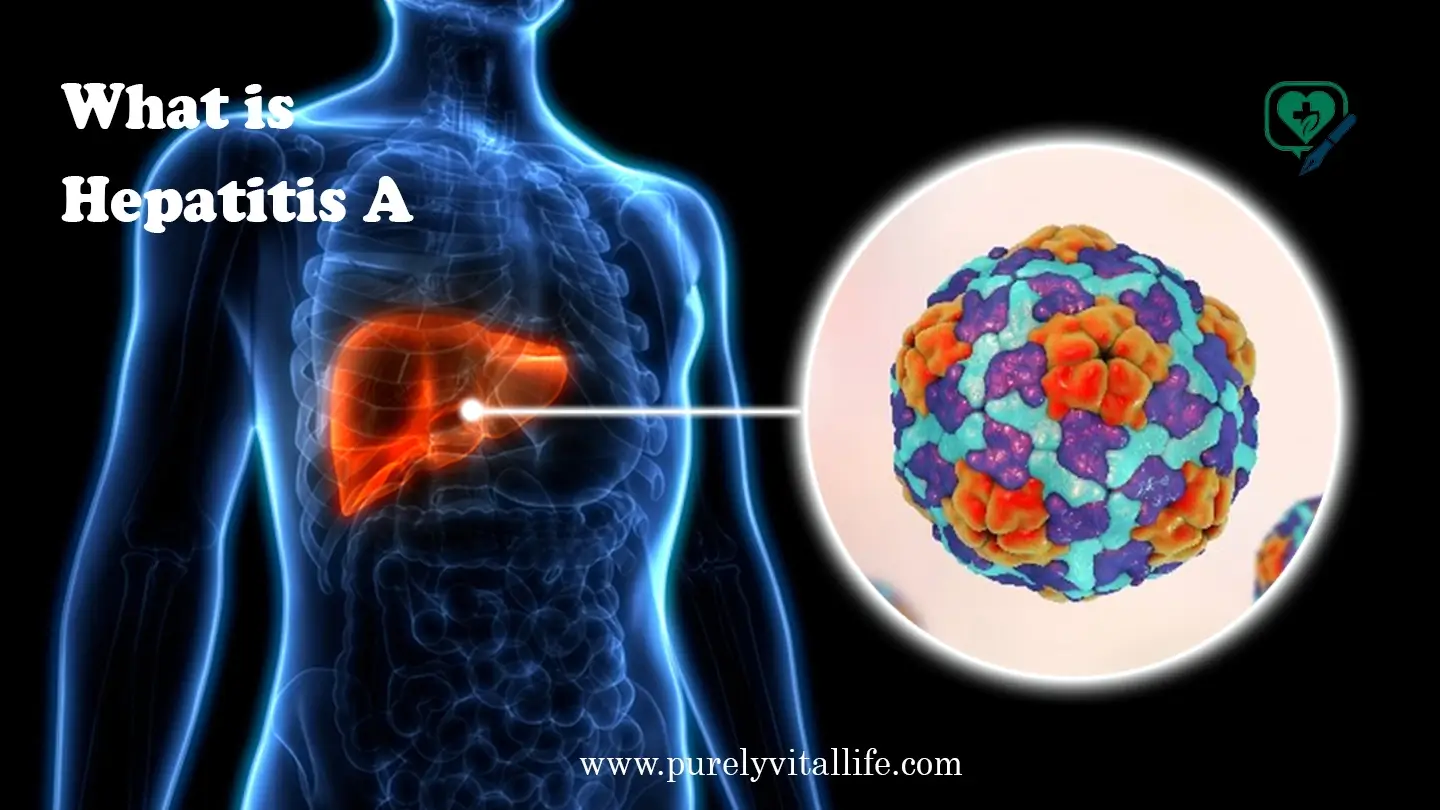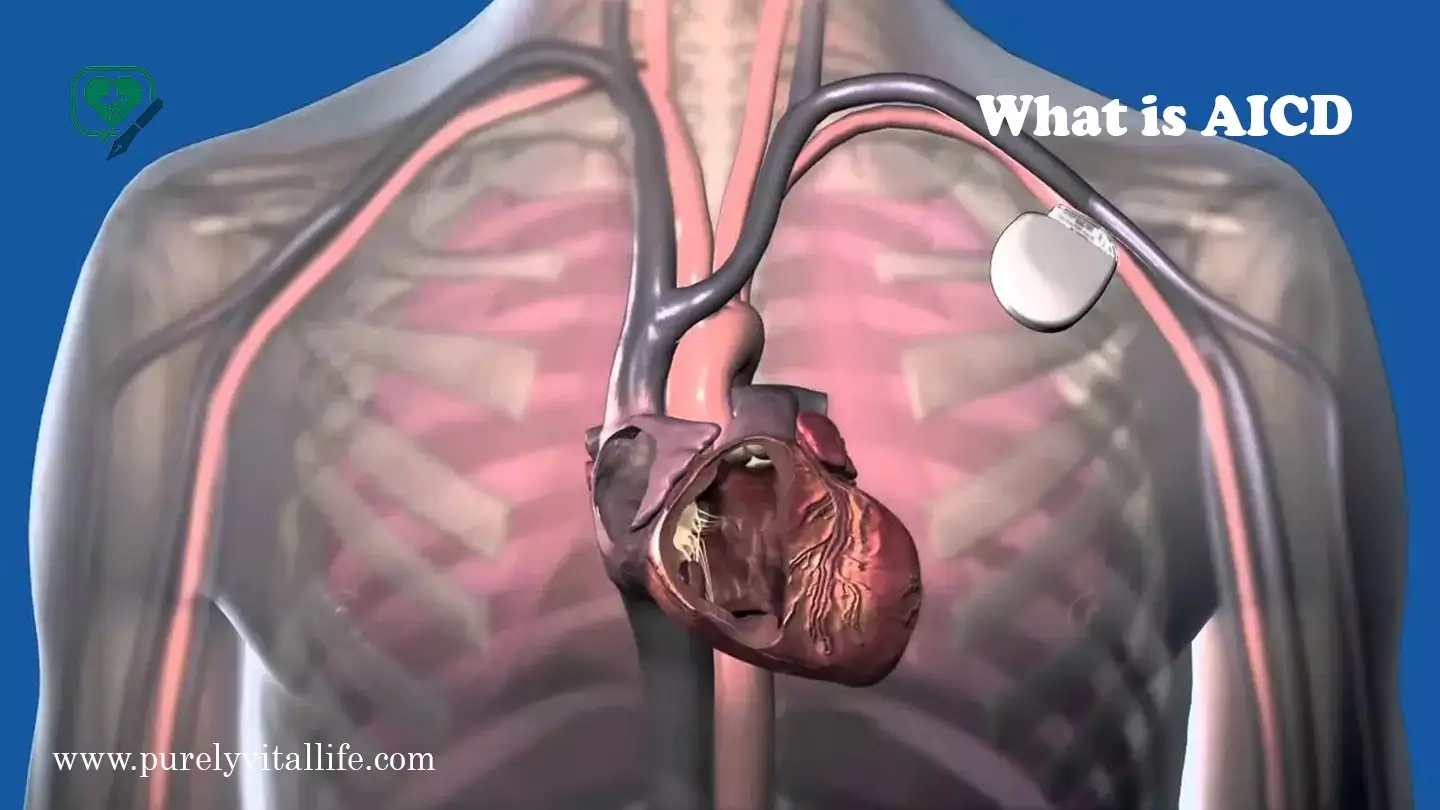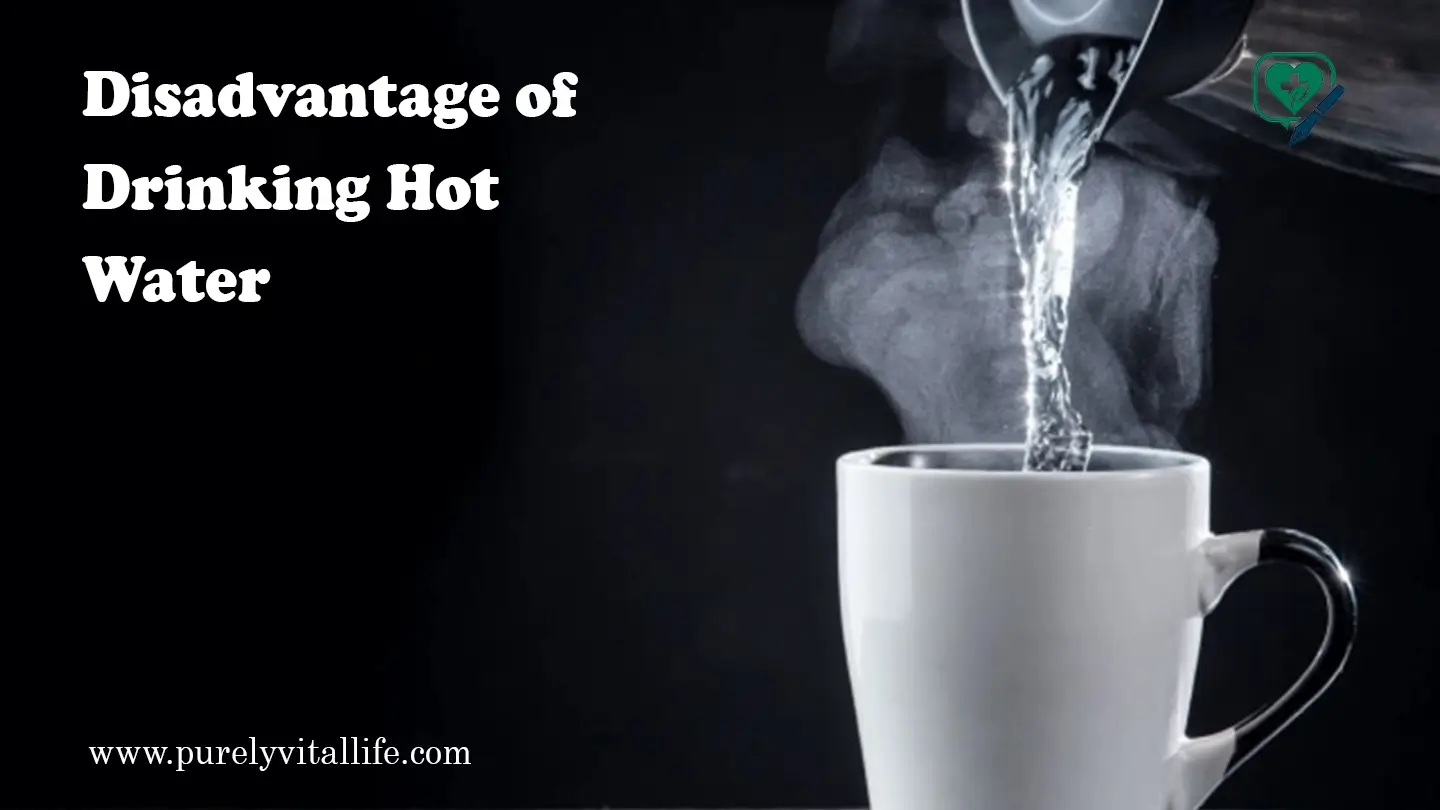
Introduction to Breastfeeding Itchy Breasts Not Nipples:
Breastfeeding comes with its fair share of physical and emotional changes, many of which are well-known and openly discussed. However, one surprisingly common yet under-discussed issue is breastfeeding itchy breasts not nipples. For new mothers, this can be confusing and sometimes alarming. While nipples often receive all the attention when it comes to breastfeeding discomfort, itchiness around the breast (but not the nipples) can be equally disruptive.
Understanding the distinction between normal itchiness and symptoms that may signal a more serious condition can help new moms find relief, prevent complications, and reduce stress. In this article, you will learn about the normal causes of breastfeeding itchy breasts not nipples, potential medical conditions that require attention, home remedies for relief, prevention tips, and signs that it may be time to consult a healthcare provider.
Also Read About Feeling Dizzy After Eating? Understand the Causes and Find Relief — >>>
Common Causes of Breastfeeding Itchy Breasts Not Nipples:
Skin Changes and Hormonal Effects:
One of the leading reasons behind breastfeeding itchy breasts not nipples is the natural stretching of the skin. During pregnancy and postpartum, your breasts grow and change in size to accommodate milk production. This stretching can lead to temporary itchiness, especially if your skin is dry or sensitive.
Hormonal fluctuations can also affect your skin’s hydration levels. The result? Dry, tight, and itchy skin around the breast area. Additionally, the constant need for hygiene during breastfeeding—frequent washing of the breast and surrounding area—can strip your skin of its natural oils, further contributing to itchiness.

Sweat and Physical Irritation:
Another common cause of breastfeeding itchy breasts not nipples is excessive sweat, particularly under and around the breasts. After feeding sessions or during hot weather, sweat can build up and create a warm, moist environment—a breeding ground for irritation.
Wearing tight-fitting bras, using synthetic nursing pads, or wearing clothes made of rough fabrics can all rub against sensitive skin. Over time, this friction causes mild to moderate irritation and persistent itching, especially in the folds under the breasts.
When to Worry: Medical Conditions Behind Breastfeeding Itchy Breasts Not Nipples:
Eczema and Dermatitis:
Eczema is a chronic skin condition that can flare up due to stress or hormonal changes—two things very common in new mothers. If you notice patches of dry, red, or flaky skin around your breasts (but not the nipples), this could be a sign of eczema.
In some cases, contact dermatitis—a type of eczema caused by allergic reactions to soaps, lotions, or detergents—can also be the culprit. These substances may be harmless under normal conditions but can trigger an inflammatory response in postpartum-sensitive skin.

Allergic Reactions:
Many new mothers change their skincare or hygiene routines while breastfeeding. Unfortunately, some products may contain allergens like fragrances, preservatives, or harsh chemicals that your body may react to.
Symptoms of allergic reactions include:
- Red, itchy rash
- Raised bumps or hives
- Burning or stinging sensations
If you experience these symptoms in combination with breastfeeding itchy breasts not nipples, you may be having a topical allergic reaction.

Fungal and Bacterial Infections:
Warmth, moisture, and skin folds under the breasts create ideal conditions for yeast or bacterial infections. One common fungal condition, known as candida or yeast infection, can cause intense itchiness, redness, and a shiny rash.
Meanwhile, bacterial infections may result in:
- Warm, red, swollen patches
- Pus or discharge
- Fever or chills
These infections should never be ignored and often require prescription medication.
Soothing Remedies for Breastfeeding Itchy Breasts Not Nipples:
Skincare Solutions:
Keeping your skin healthy and hydrated is crucial when dealing with breastfeeding itchy breasts not nipples. Follow these skincare tips for comfort:
- Use hypoallergenic and fragrance-free moisturizers formulated for sensitive skin.
- Avoid alcohol-based products, which can dry out the skin.
- Choose mild, pH-balanced body washes that cleanse without stripping natural oils.
Proper Hygiene Practices:
Proper hygiene can prevent irritation and infections. Here are some best practices:
- Gently clean the breast area with lukewarm water and pat dry with a soft towel.
- Change nursing pads frequently to avoid prolonged moisture exposure.
- Wash bras and clothing with fragrance-free, dye-free detergents.
Clothing Considerations:
Wearing the right clothing can make a huge difference. To avoid further irritation:
- Choose cotton bras and tops that are breathable.
- Make sure your bra is well-fitted but not too tight.
- Avoid lace or seams that may rub and cause irritation.
Read More About Your Guide to Enrolling in a Spouse or Parent’s Health Insurance (US) — >>>
When to See a Doctor for Breastfeeding Itchy Breasts:
Sometimes, itchiness persists even after trying all the recommended remedies. You should contact a healthcare professional if you experience:
- Itching that doesn’t improve in a week
- Increasing pain or discomfort
- Discharge, pus, or open sores
- Fever or flu-like symptoms
Prompt diagnosis and treatment can prevent minor issues from becoming more serious.
FAQs: Breastfeeding Itchy Breasts Not Nipples:
- Question#1: What skincare products should I avoid, and what’s safe to use?
Answer: Avoid products with fragrances, alcohol, parabens, and artificial dyes. Safe alternatives include hypoallergenic, dermatologist-recommended moisturizers. - Question#2: How can I tell if it’s just dry skin or a more serious issue?
Answer: Dry skin usually improves with moisturizing. If symptoms like redness, discharge, or pain accompany the itch, it could be eczema, an allergy, or infection. - Question#3: Can changing my bra help reduce itching?
Answer: Yes. Switching to a soft, breathable, and correctly sized bra can significantly reduce skin irritation and moisture buildup. - Question#4: Is it safe to use anti-itch creams while breastfeeding?
Answer: Only use creams or ointments approved by your doctor. Some ingredients may absorb into the skin and affect your baby during nursing.
Prevention Tips for Breastfeeding Itchy Breasts Not Nipples
- Avoid Moisture Build-Up: Use absorbent, breathable nursing pads and change them frequently.
- Wear Comfortable Clothing: Loose, breathable fabrics like cotton help reduce skin friction and heat.
- Stay Hydrated: Drinking plenty of water keeps your skin moisturized from the inside out.
- Maintain a Balanced Diet: Foods rich in omega-3s, Vitamin E, and antioxidants support skin health.
- Limit Hot Showers: Hot water can dry out the skin. Opt for warm showers and moisturize afterward.
Conclusion
To sum up, breastfeeding itchy breasts not nipples is a common and often manageable issue that many new mothers face. Most causes, such as skin stretching, dryness, and mild irritation, are not serious and can be treated with simple skincare and hygiene measures. However, persistent symptoms or signs of infection should not be ignored and warrant medical evaluation.
Being proactive about skincare and choosing the right products and clothing can significantly reduce discomfort. Always listen to your body, and don’t hesitate to seek medical advice if something doesn’t feel right. Prioritize your comfort and well-being—because a healthy, happy mom makes for a healthy, happy baby.


